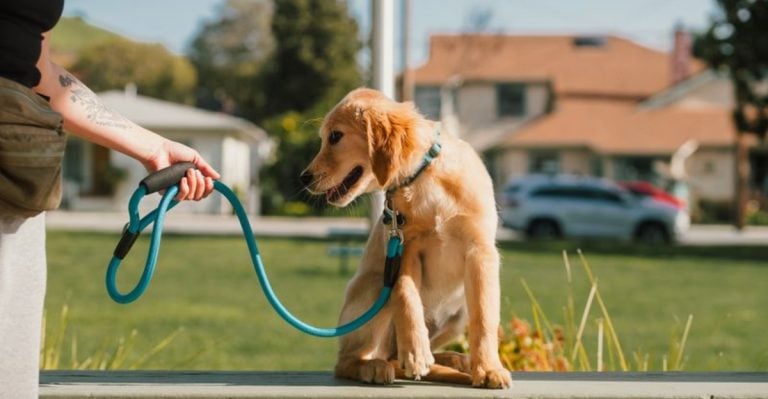15 Behaviors That May Impact Your Dog’s Happiness

Dogs adapt fast, but they also feel deeply. When their routines lean too far in one direction, joy sometimes fades without warning. Small, familiar actions can quietly shape how dogs experience the day. Let’s take a closer look at behaviors that might be playing a bigger role in their happiness than expected.
Ignoring The Need For Mental Stimulation
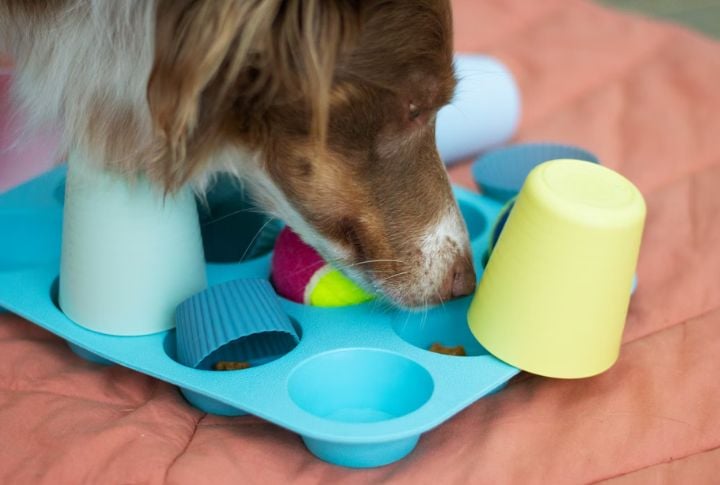
Puzzle toys sit untouched. Walks get shortened. Without activities that challenge the brain, canines slide into mental stagnation. Research shows that enrichment reduces anxiety in shelter animals. If your pup lies around listlessly, it may be their mind, not just their body, going underfed.
Overusing Crates As Containment Zones

Used properly, crates offer comfort and safety. But when they become all-day enclosures, pets lose access to movement and interaction. It shifts from a safe space to solitary confinement. Canines need room to stretch and explore; confinement isn’t a substitute for presence.
Failing To Read Emotional Cues

Stress doesn’t always bark loudly. Pets often express discomfort in whispers—ears lowered, tail hidden, repeated yawns. Overlooking these subtle cues can allow stress to grow unchecked. Observing behavior changes is more than thoughtful; it’s essential. A canine’s silence doesn’t mean everything’s fine.
Forgetting To Play Like You Mean It

Play is a language, not a chore. A ball tossed without eye contact or enthusiasm sends the wrong message. Intentional engagement brings emotional connection. Five attentive minutes can reset your pet’s mood. When you show up fully, they feel it and return the joy.
Not Allowing Enough Sniff Time On Walks

Walks shouldn’t feel like drills. Sniffing is a canine’s primary way of gathering information. Rushing them past poles and grass patches skips their mental workout. That nose-driven pause matters; it’s stimulation, not stalling. Let their leash loosen, and you might see their spirit lift.
Constant Correction Without Praise
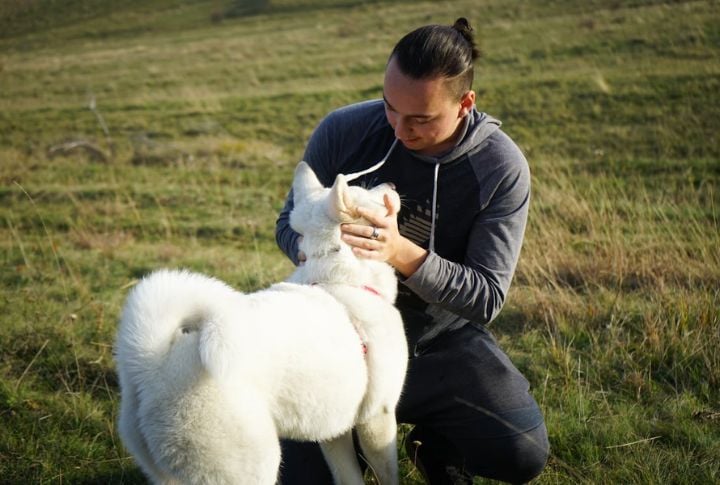
Correction on repeat, without acknowledgment of success, wears down morale. Canines respond to positive reinforcement more than scolding. Praise activates reward centers in the brain. Without it, they can become hesitant and confused. A little “good job” goes far. Feedback should lead, not only reprimand.
Leaving Them Alone For Long Periods

Some pets nap away in your absence. Others count every minute. Long stretches alone, especially for social breeds, can cause sadness, even depression. They don’t understand errands, deadlines, or why you vanish. When alone time outweighs connection, behavior and spirit often decline quietly.
Using Harsh Tones More Than Reassuring Ones

Your tone speaks volumes even when your words don’t. A harsh voice can induce fear, while warmth encourages trust. Over time, repeated tension in your voice can create emotional distance. Choose calm cues, and your companion will hear your intent before the command.
Skipping Socialization Opportunities
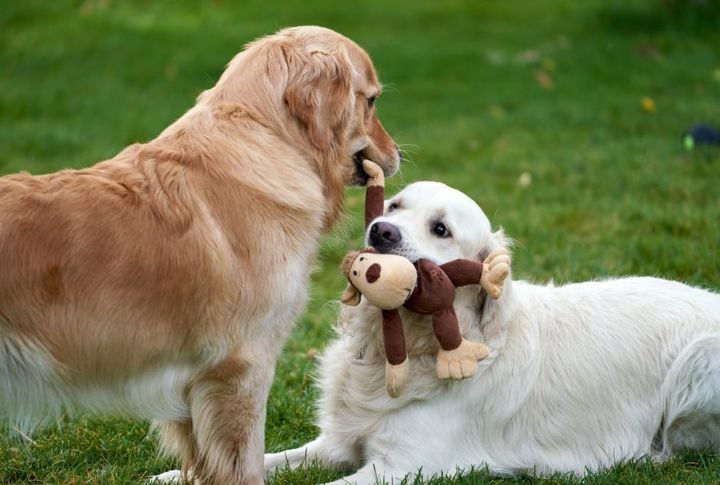
New experiences can help canines grow emotionally resilient. Without exposure to people and places, fear replaces curiosity. Lack of social interaction limits their adaptability. It’s not about being outgoing; it’s about feeling safe when the world changes. Confidence grows through gentle exposure.
Failing To Establish Predictable Routines

Feeding one day at dawn and the next at dusk disrupts a pet’s inner rhythm. Inconsistency creates confusion. They thrive when they know what’s next. Stability doesn’t mean rigidity; it means trust. Predictable patterns build emotional grounding, making the unfamiliar feel less threatening.
Neglecting Physical Touch And Affection
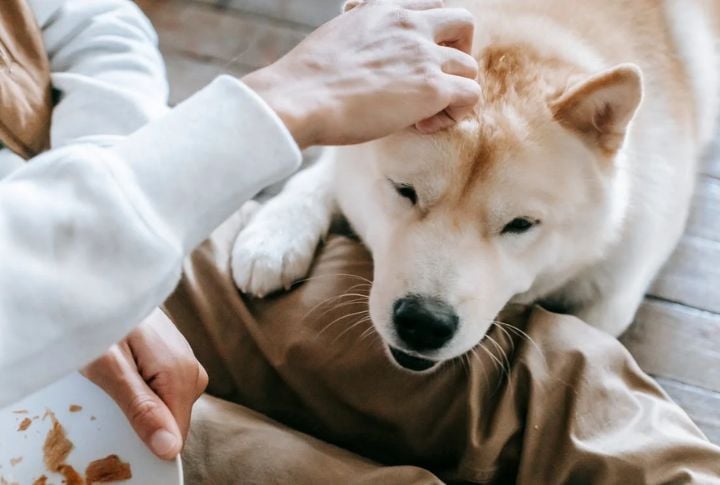
Canines communicate through closeness. Touch reassures, strengthens bonds, and regulates emotion. When affection fades, so can their sense of safety. Human hands offer more than scratches; they provide comfort. If your companion flinches or withdraws from your reach, consider what may be missing from your interaction.
Using Training Methods That Rely On Fear

Fear-based methods often mask the problem instead of solving it. Pets trained with intimidation might obey, but they do so out of stress, not understanding. Over time, this weakens their confidence. Choosing training methods rooted in respect helps build a stronger, more trusting foundation.
Punishing For Anxiety-Based Behaviors

Whining during fireworks isn’t misbehavior; it’s a symptom of fear. Punishing anxiety reinforces trauma. Shaking, hiding, or barking from stress signals the need for support. You can’t teach calm through confrontation. Understanding the cause leads to healing. Respond with patience instead of pressure.
Overlooking Pain Or Discomfort Signals

Behavior changes often signal deeper issues. Canines may limp, avoid stairs, or snap when touched, not out of aggression but due to discomfort. Pain often presents quietly. What appears to be stubbornness may actually be a result of physical suffering. When in doubt, assume their shift has a cause worth exploring.
Assuming Food Is Enough Without Engagement

Meeting basic needs keeps pets alive. But attention and affection keep them happy. A full bowl doesn’t replace play sessions or gentle routines. Canines want more than care; they crave connection. Happiness grows when routines are paired with meaningful relationships.

